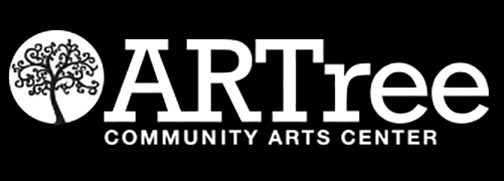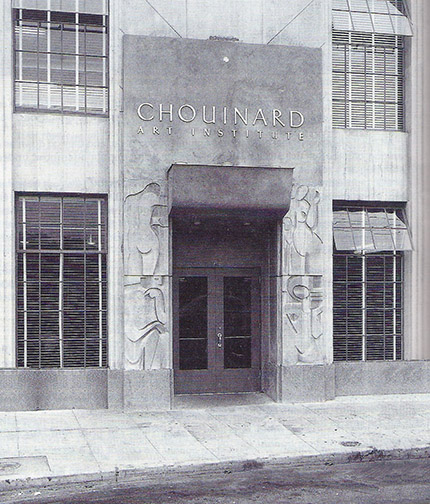
Is an art school education really necessary for those that intend to make creating art their profession? Can’t you just learn everything you need to know about art, on your own, through practice? What do you actually gain from a formal art school education?
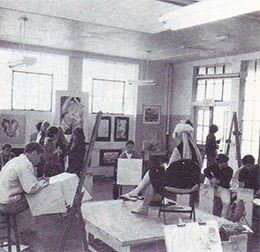
We’ve all run into self-taught artists in our lives with incredible abilities. Which begs the question, do you really need a formal and generally expensive, art school education to create great art? The answer, I believe, is no, but let’s discuss why I still recommend an art school education to anyone seriously interested in becoming a professional artist.
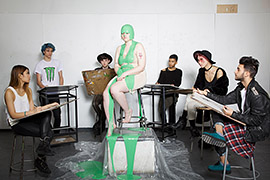
Sure some can reach an extremely high level of proficiency, as an artist, on their own and stand toe to toe with artists who have benefited from an art school education, without one. However, it takes an individual with an extremely high level of discipline, perseverance and hunger for knowledge about the arts, to pull it off. It also takes a long, long time to gain the same knowledge, on your own, that you’d receive in the typical 4 years dedicated to an art school education. But it CAN be done. Hell, Vincent van Gogh did it!
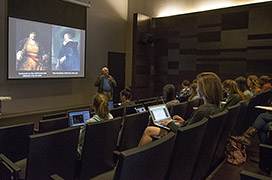
So, what are the benefits of a formal art school education? Thoroughness, truncation, concentration and camaraderie with hundreds of other artist, from around the world, experiencing what you are experiencing, at the same time. Realize you’re learning from professors with a lifetime of unique formal and, in the field, collected knowledge. Each one is passing this accumulated knowledge on to you. Quite the shortcut! You also gain a knowledge of art history you likely never would have acquired on your own. All organized and catalogued by significance. Artists and art movements you didn’t even know existed, that will prove important to the work you’ll create in the future. Art history informs of the important work that has come before us and explains why it is important. It prevents us from trying to reinvent the wheel, but instead enables us to stand on the shoulders of the giants in art.
 So, get an art school education if you can, but don’t despair if it isn’t in the cards. With proper dedication and exposure, you can get there on your own, the journey is just a significantly longer one.
So, get an art school education if you can, but don’t despair if it isn’t in the cards. With proper dedication and exposure, you can get there on your own, the journey is just a significantly longer one.

